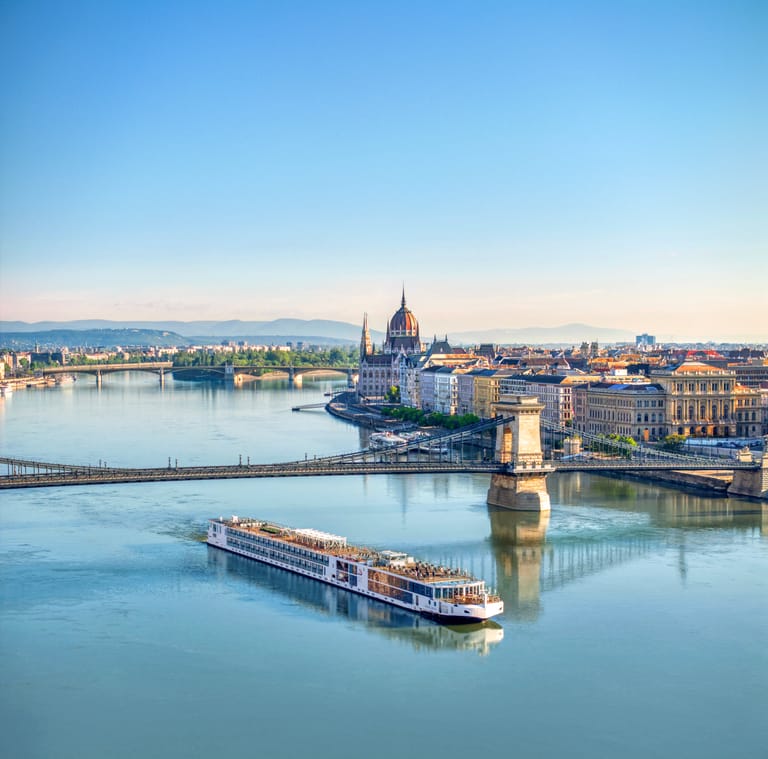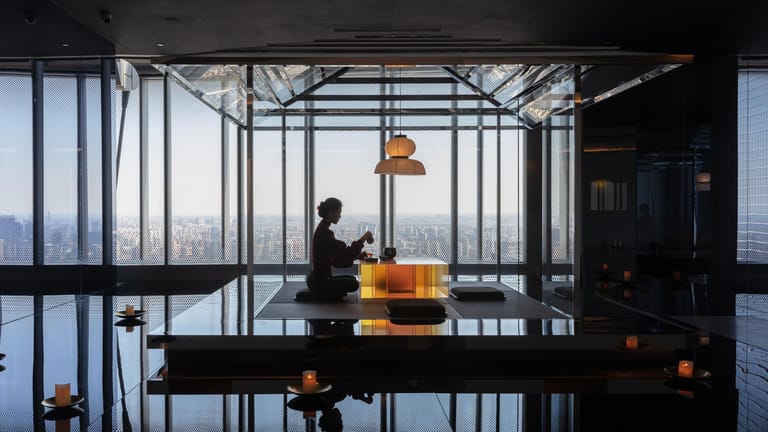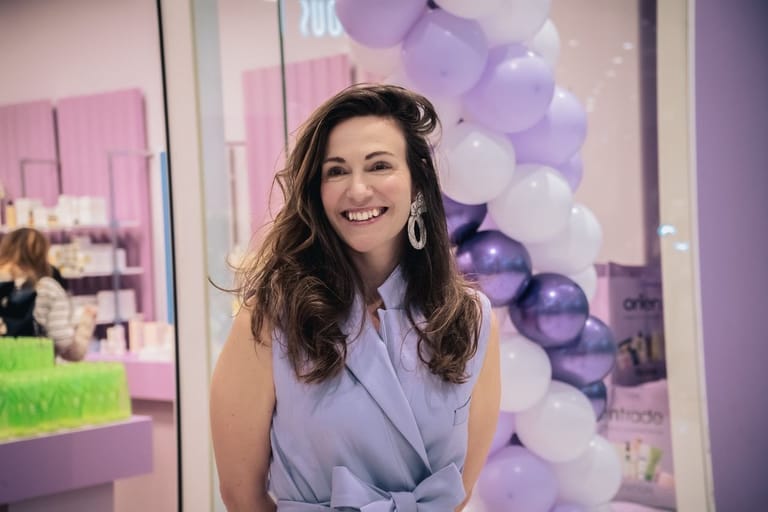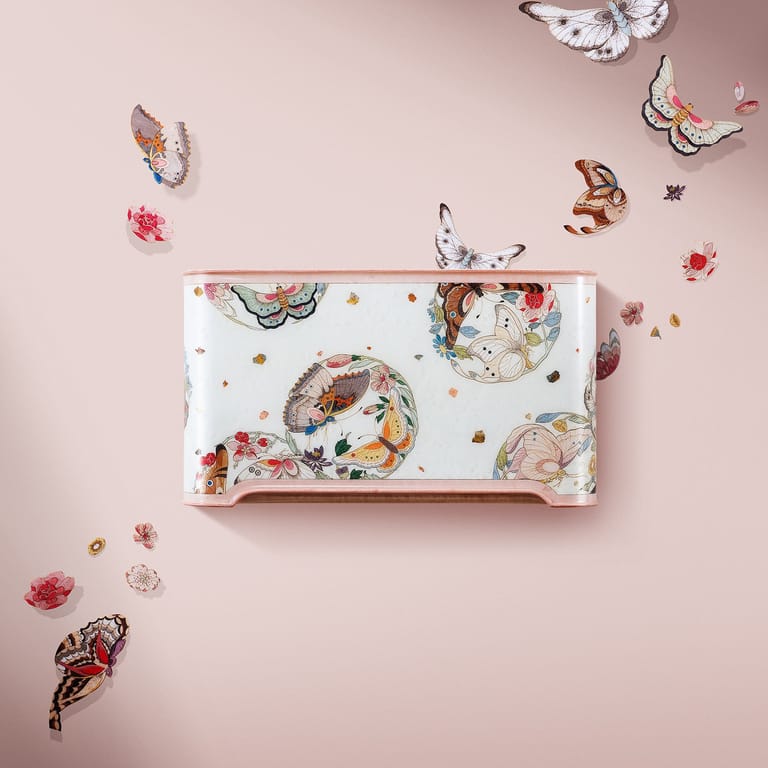Longevity Clinics: The Next Frontier of Beauty Retail
By
Huiyan Chen
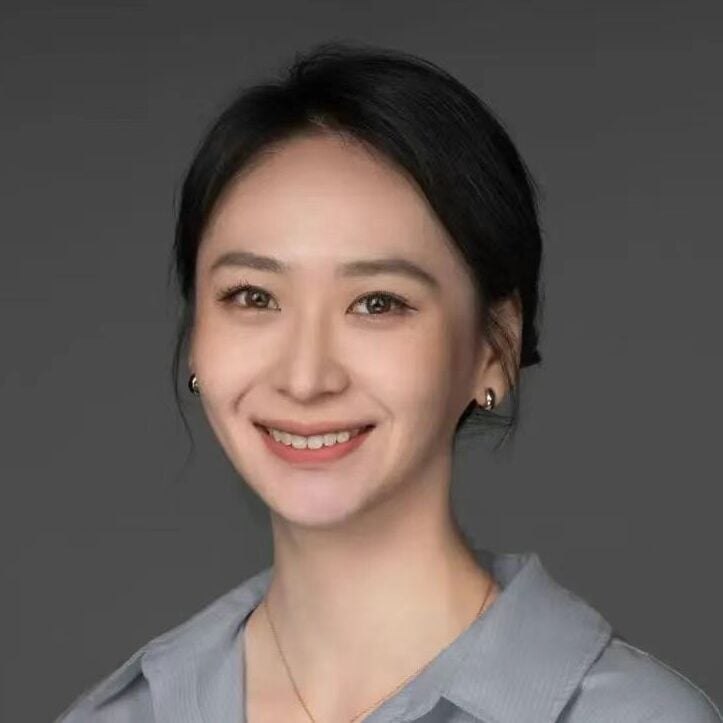
Published on
May 29, 2025
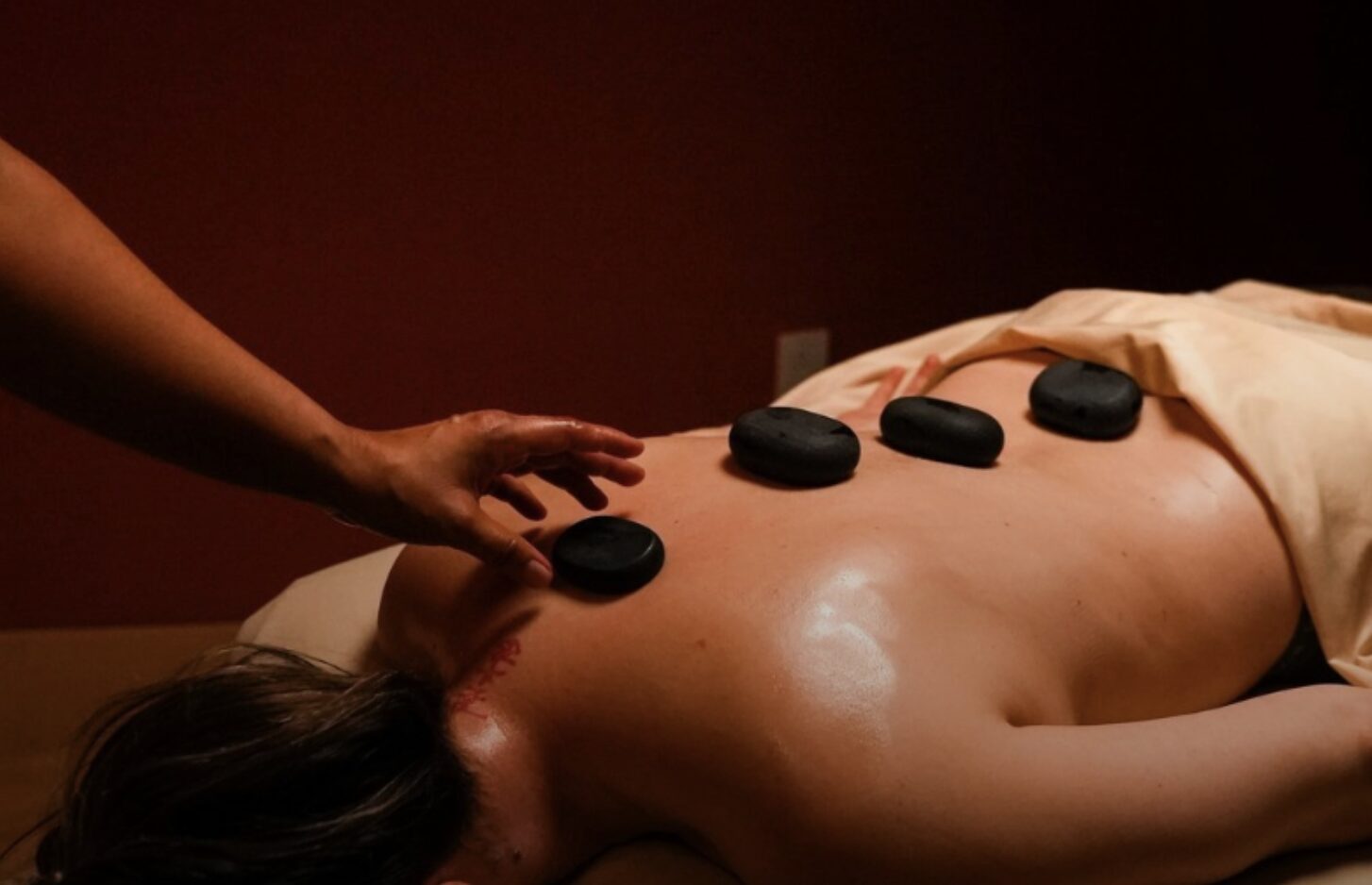
Once confined to the sterile realms of medical labs and hospitals, the pursuit of longevity is now expanding into a new class of lifestyle destinations—blending healthcare, beauty, biotech, and luxury hospitality. These emerging “longevity clinics” and wellness retreats are turning the concept of healthspan into a multisensory, consumer-centric experience—and beauty brands are starting to take notice.
According to McKinsey, more than 60 percent of global consumers in 2024 say that extending their healthy lifespan is “very important.” In the US, 70 percent of respondents are spending more on longevity-related products and services than in previous years. In China, that figure rises to 85 percent.
This groundswell of demand has accelerated investment in the space. Forbes reported that in 2021 alone, nearly $2 billion in venture funding flowed into longevity and anti-aging startups—double the total from the previous year.
The Rise of the Longevity Clinic
One of the clearest signals of this shift is the rise of dedicated “longevity clinics”—hybrid spaces that fuse medical-grade technology with aesthetic design, lifestyle diagnostics, and emotional healing. What was once a niche category is now evolving into a potentially mainstream business model.
Take California-based Love.Life, one of North America’s most advanced longevity destinations. Co-founded by Whole Foods’ John Mackey, the clinic offers diagnostics that track over 120 biomarkers, followed by customized treatments like nutritional interventions, red light therapy, and electromagnetic stimulation. Speaking to Allure, Mackey made clear that Love.Life is not a healthcare replacement, but “a continuous service for people who want to proactively manage their health.”
Elsewhere, hospitality and longevity are merging into programmatic retreats. Destinations like SHA Wellness Clinic in Mexico, Grand Resort Bad Ragaz in Switzerland, and Dharana Wellness Retreat in India offer week-long or even month-long experiences that combine genetic testing, NAD+ IV infusions, meditation, and breathwork. Many house proprietary labs and professional medical staff, enabling them to deliver end-to-end care—from diagnosis to intervention to healing.
Clinique La Prairie, a longevity leader previously profiled by BeautyMatter, exemplifies this convergence. Its new resort in Anji, China, brings together nearly a century of medical innovation into an immersive retreat experience that integrates four longevity pillars: medicine, wellness, nutrition, and movement. “Anji’s unique geographic position makes it the go-to destination for affluent residents of nearby cities seeking both health management and luxury,” CEO Simone Gibertoni shared. Their week-long program incorporates preventive science and genomics to build personalized longevity protocols, aiming not just to extend lifespan—but improve quality of life.
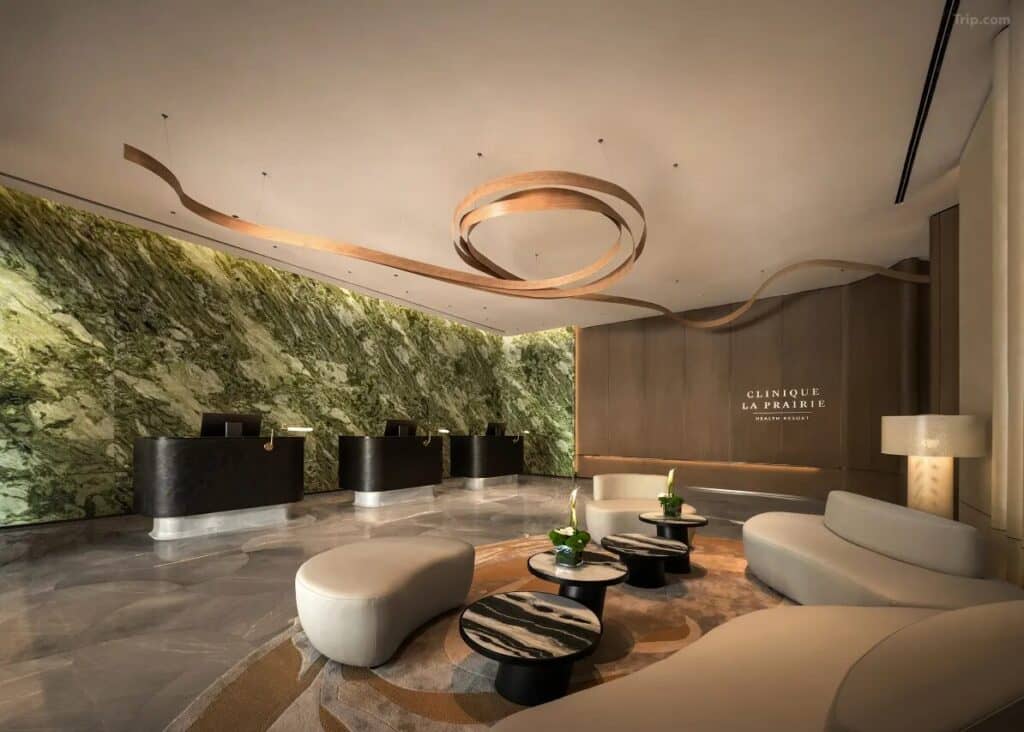
What distinguishes these destinations is their ability to turn medical data into lifestyle change. These spaces are not just treatment centers—they’re designed environments that offer scientific credibility, emotional regulation, and long-term behavioral shifts. And with them, consumer definitions of aging, care, and bodily autonomy are being rewritten.
Longevity’s Localization in China
While “longevity tech” remains a relatively new concept in China, the adjacent wellness industry is rapidly evolving to meet local demand. The Chinese term kangyang (康养)—which emphasizes harmony between physical and emotional health—is at the heart of this movement, driving the domestic adaptation of longevity culture in uniquely regional ways.
According to Deep Enterprise Investment’s 2024 China Wellness Industry Report, four key business models are shaping the market:
- Medical-wellness hybrids embedded in healthcare systems.
- Health management centers offering diagnostics, physiotherapy, and nutritional support.
- Wellness-tourism destinations combining leisure with recovery.
- Traditional Chinese medicine (TCM) retreats focused on herbal remedies and acupressure.
Together, these formats span functional care and emotional rejuvenation, creating a multi-layered, culturally resonant ecosystem for wellness.
However, unlike in the West—where longevity clientele skews affluent and youthful—China’s wellness sector remains dominated by older demographics. According to the Hejun Consulting “Silver Economy Plan 2025,” roughly 80 percent of core customers are over age 55.
But that’s changing. A white paper from Huatai Life Insurance shows that over 60 percent of Chinese consumers aged 20–40 now say they are “highly concerned” about their physical and mental health. They prioritize emotional well-being, sleep quality, and stress relief—trends also reflected in the “2025 China Wellness Consumption Trends Report,” which found that “chronic fatigue and suboptimal health” were the top reasons young people seek wellness services.
As younger Chinese consumers embrace wellness as a lifestyle rather than a medical necessity, the use cases for wellness services are expanding—mirroring the global shift from disease prevention to holistic healthspan design.

Grand Resort Bad Ragaz
The Future of Beauty: Where Longevity Meets Retail
For the beauty industry, the growth of longevity culture is more than a wellness trend—it’s a strategic design challenge for the next generation of brick-and-mortar retail. While beauty spaces may not match the clinical rigor of medical labs, global players are already moving to incorporate healthspan thinking into their R&D, products, and consumer journeys.
In early 2023, L’Oréal and Nestlé Health Science co-invested in Swiss biotech firm Timeline, creator of Mitopure, a patented molecule that enhances mitochondrial function to improve skin, cognition, and muscular performance—ultimately extending physiological youth.
As the story “Beyond Anti-Aging: The Rise of Skin Longevity,” major beauty groups are leaning into skin as the front line of aging. Through cellular repair, barrier strengthening, and metabolic optimization, they are reframing skincare as part of a broader longevity regimen.
But the true opportunity lies beyond the product. Clinics like Love.Life and Clinique La Prairie reveal that what today’s consumers crave is not just clinical efficacy, but emotional resonance. These hybrid spaces integrate diagnostics, therapeutics, sensory comfort, and aesthetic design into seamless experiences that inspire deeper, longer-term engagement.
This dual logic—scientific credibility and emotional fluency—may hold the key to the future of beauty retail. At the 2025 BeautyMatter FUTURE50 Summit, Chris Sanderson, co-founder of The Future Laboratory, put it best: “The luxury beauty brands that thrive will be those that blend emotional intelligence with scientific credibility—offering solutions that are both clinically validated and culturally resonant.”
In this era of health-driven beauty, the question for brands is no longer if they should join the longevity conversation—but how.


